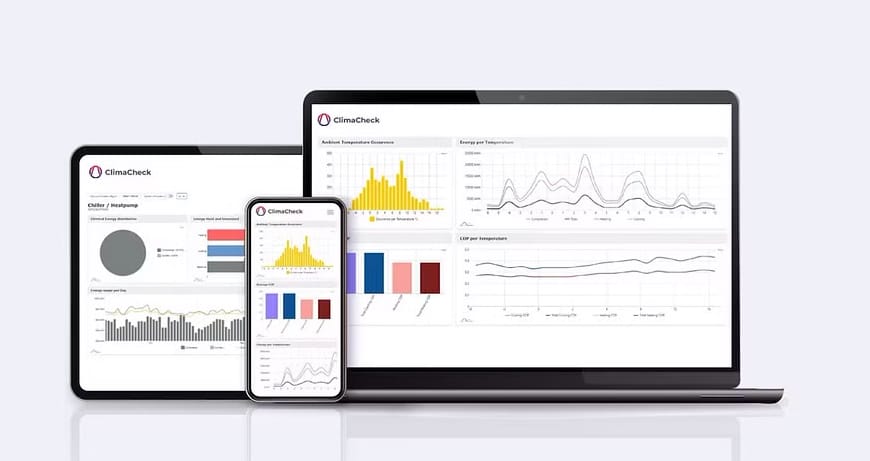What’s in the sustainability manager’s “hat”?

In the past, it was possible to tell what a person’s job role was by looking at the headgear, i.e., the hat. Today, it’s harder – as most people have a job where they can dress almost how they want, and they don’t wear a hat.
The sustainability manager is relatively new role in many organisations. With the growing acceptance that humanity is facing a global eco collapse that will affect everyone, if we don’t do something. These new roles with responsibility for sustainability appearing more frequent in many organisations. Because it is important to show that the organisation takes this situation seriously.

But what responsibilities, powers and activities are in the sustainability manager’s hat?
Initially, the sustainability manager hat was filled with the responsible to ensure that the organisation maintained its various environmental certificates, ISO and other industry regulations related to the environment and sustainability. And in cooperation with HR, ensuring that staff had the necessary training in environment and sustainability “questions”.
Finally, the hat includes preparing the basis for the sustainability report for the annual financial statements. Sustainability reporting takes time, and it takes a lot of time to get data that can be turned into useful information. Information that will help the organisation to make good decisions and shows a future proof sustainability strategy to both customers, investors and employees.
We can conclude that initially many sustainability managers spent a lot of time attending training courses on how to write a nice and neat sustainability report. But was that why they chose the job of sustainability manager – to give up half the year for this?
I don’t think so. I think a lot of people have a genuine interest in sustainability, but so far there is not enough mandate to “fill whole hat”. The hat is not powerful enough – or high enough.
Many sustainability managers don’t have the power in the organisation that they should have and need. Some momentum is starting to build up in organisations that makes an effort, but so far, it is a long way to go.
Why doesn’t the sustainability manager have enough power in the management team?
One reason is that in many organisations sees quality and environment questions as sustainability.
You often see that quality and the environment is last point of the agenda at management and board meetings, if it is on the agenda at all. It is not uncommon to be told that you can read the material afterwards and give your comments. The comments are not forthcoming and there is no active discussion = it is not a priority or important.
Some companies have decided to abolish the sustainability manager and believe that this work should be carried out in the operations in dialogue with the customers. What about sustainability strategies and follow-up, I would venture to say that it is zero, if it is not an explicit priority, it does not happen, everyone is busy with daily business.
So, what kind of hat do we need?
Instead of phasing out the sustainability hat, it needs to be developed.
The hat should include not only sustainability issues but also regenerative issues, i.e., how to rebuild what “we” so successfully have managed to destroy. The sustainability manager should not have to feel insecure about entering areas and review them from a sustainability perspective where they themselves are not specialists.
I can take a very simple example such as heat pumps, air conditioning and refrigeration systems. These are one of the biggest electricity consumers, accounting for 30-60% consumption in many buildings, sometimes more. If a company owns its facilities, this is an area that the sustainability manager should have under his/hers wings and scrutinise with a magnifying glass. Historically these systems have been “overlooked” as long as the desired temperature is reached. Therefore, it is often possible to do big savings, both energy and maintenance wise. Including these systems can make any Sustainability Manager an environmental hero in terms of reducing carbon emissions. But also, a best friend to the CFO in terms of reduced maintenance and energy costs with a much lower risk of breakdowns and downtime (= very expensive) as an result.
Furthermore, the Hat should also include HR and social issues – sustainability and regenerative elements are very much within these areas, however, there is a lot of silos between these areas so the synergies can be improved.
The hat should also reasonably be next to the CEO’s hat – preferably on the right side, where we currently see the CFO. This hat will be crucial to the success of the company in both operational sustainability and regenerative strategies.
Oh well – so the hat will be Vice CEO or what are you saying? is one comment I often receive.
Yes, why not? There are large global companies in Sweden, e.g., Ericsson Sweden, which has an HR director as Vice CEO, and obviously, it’s working just fine! The “wearer” of this hat cannot be an expert in all areas. Expert Hats are plentiful in any organisation, the Vice CEO hat should be an expert in one thing: making sure the experts do their job so that the company’s direction within sustainability is fulfilled.
A complex hat? Yes, but what a great battering ram for the right person with the right mandate and budget to really execute!
Finally, what would the organisation gain by making the Sustainability Manager’s Hat number two after the CEO in the organisation? My answer is freedom. Freedom to do what you are appointed to do in your role. If I am an expert, 90% of my working time should be devoted to the very thing I am an expert in.
Then the company/organisation gets the most out of each employee and the employee feels they are working at their highest level of competence, which is what most people want. This in turn encourages retention and a feeling that I am important, and I get to develop in my role.
Finally, those companies and organisations that actively demonstrate that they are choosing the sustainable path are the winners, both in terms of profitability and competitiveness. Everyone wants to work in, and buy from, an organisation that drives sustainable development that satisfies today’s needs without compromising the ability of future generations to satisfy theirs.
So best business leaders; How will you hat up your organisation to succeed in your sustainability efforts?
Contact us to be inspire and get help you accelerate your sustainability work, like many other leading organisations already have done!
More news

Chillventa 2024 – Information
Thank you for visiting us at Chillventa, fill out your email and questions, here ...

Fördjupat partnerskap mellan ClimaCheck och Indoor Energy.
Partnerskapet innebär att Indoor Energy integrerar prestandaanalys från ClimaCheck som ett verktyg i sina serviceavtal för kunder med kylanläggningar.

Extended Partnership between ClimaCheck and Indoor Energy
This partnership means that Indoor Energy integrate performance analysis as a tool in their service agreements for clients with heat pump and cooling systems.
